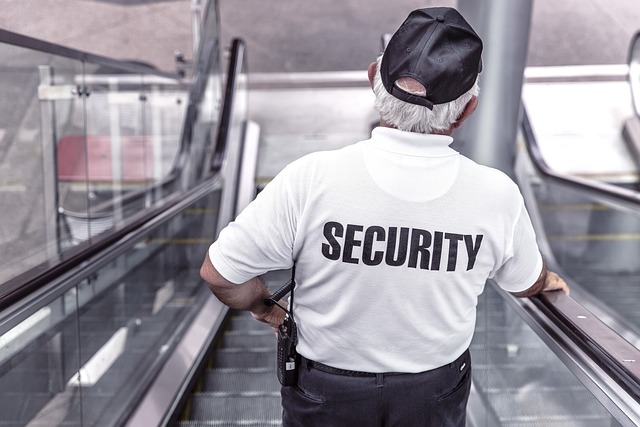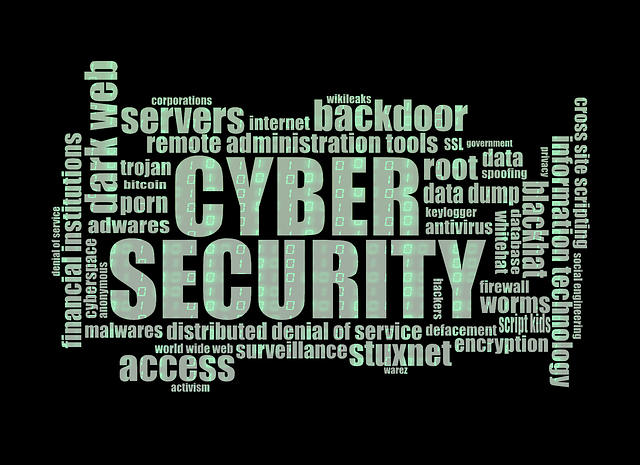To effectively secure your home with a surveillance camera system, strategic placement is key to achieving maximum coverage and identifying potential security vulnerabilities. Cameras should be installed at all entry points, including doors and windows, and positioned in areas where valuables are typically kept, such as living rooms, home offices, and bedrooms. Ensure cameras offer unobstructed views, especially in low-light conditions like garages or corridors, where night vision cameras can enhance security. Consider using motion-activated lighting to complement your surveillance system for better alertness and clarity in footage.
When selecting cameras, choose from a range of options including fixed models for static locations or pan-tilt-zoom (PTZ) cameras for broader coverage. High definition (HD) or 4K resolutions are recommended for clear identification of subjects, while night vision technology ensures around-the-clock surveillance. Advanced features like motion detection, two-way audio communication, and smart home integration add layers of security, providing both a visual deterrent and interactive capabilities.
Decide between professional installation, which offers expert placement and seamless integration with your current system, or DIY solutions that are cost-effective but require a good understanding of your home's layout and technical specifications. Each approach has its benefits and challenges, so choose based on your technical expertise, budget, and the specific security requirements of your household. Ultimately, the goal is to establish a robust Home Security surveillance plan that safeguards your property and its occupants effectively.
When fortifying your home against potential threats, strategic surveillance camera installation plays a pivotal role in your overall home security strategy. This article delves into the nuances of selecting and placing cameras for optimal visibility, examining various types and features that enhance protection. We’ll navigate the professional installation landscape versus the DIY approach, ensuring you make an informed choice tailored to your specific needs. Join us as we illuminate the path to a safer home environment with smart security solutions.
- Best Practices for Strategic Placement of Surveillance Cameras in Your Home for Optimal Security
- Understanding Surveillance Camera Types and Features for Home Protection
- Professional Installation vs. DIY: Choosing the Right Approach for Your Home Security System
Best Practices for Strategic Placement of Surveillance Cameras in Your Home for Optimal Security

To effectively safeguard your home with surveillance cameras, it’s crucial to consider strategic placement for optimal coverage and visibility. Home Security begins with understanding potential blind spots and entry points that could be vulnerable to intruders. Positioning cameras at key locations can act as a deterrent and provide evidence should an incident occur. Cameras should be installed at all access points, including doors and windows, to monitor the comings and goings within your property’s perimeter. Additionally, place cameras in areas where valuables are stored, such as living rooms, home offices, and bedrooms. Ensure cameras have a clear line of sight without obstructions like foliage or large furniture. For enhanced security, consider low-light capabilities for cameras in garages, hallways, or other areas that may experience shadows. Motion-activated lighting paired with surveillance can significantly improve the system’s effectiveness, triggering alerts and illuminating the area for clearer footage. Remember to position cameras at angles that capture as much of the scene as possible, without overlooking any critical details. By integrating these Home Security best practices into your camera placement strategy, you can create a comprehensive surveillance plan that protects your home and its inhabitants.
Understanding Surveillance Camera Types and Features for Home Protection

When it comes to safeguarding your home, understanding the types and features of surveillance cameras is paramount for effective home security. Homeowners have a variety of camera options to choose from, each tailored to different needs and environments. The first consideration is whether you need a fixed camera, which remains pointed at one location, or a pan-tilt-zoom (PTZ) camera that can be remotely controlled to track movement across an area. Fixed cameras are ideal for monitoring high-traffic areas like hallways or doorways, while PTZ cameras offer greater flexibility and can cover larger spaces.
Another key factor is the resolution of the camera, with high definition (HD) and 4K options available. High-resolution cameras ensure clearer images, making it easier to identify individuals or details should an incident occur. Additionally, night vision capabilities are crucial for round-the-clock surveillance, allowing cameras to capture clear footage even in low-light conditions. Advanced features like motion detection, two-way audio, and integration with smart home systems can enhance security further. These features not only provide a visual deterrent but also enable real-time interactions and alerts directly from your smartphone or computer. By selecting the right cameras and leveraging their sophisticated features, homeowners can create a robust defense against unauthorized access and potential threats, contributing significantly to the overall protection of their property.
Professional Installation vs. DIY: Choosing the Right Approach for Your Home Security System

When considering the implementation of a surveillance camera system for your home security, you’re faced with a choice between professional installation and a do-it-yourself (DIY) approach. Each method offers distinct advantages that can impact the effectiveness of your surveillance setup. Professional installation services provide expertise and experience; certified technicians ensure optimal placement for comprehensive coverage, tailored to your specific home architecture. They also handle complex wiring, integration with existing security systems, and troubleshoot any potential issues, guaranteeing a seamless and robust system that operates at peak efficiency.
On the other hand, DIY installation kits have become increasingly popular, offering flexibility and control over your surveillance setup. These kits come with user-friendly instructions and, in many cases, smart technology integration for remote monitoring. While they can be cost-effective and provide a sense of personal accomplishment, they also require a solid understanding of your home’s layout, the technical specifications of camera equipment, and the legalities surrounding surveillance within public and neighboring spaces. Homeowners opting for DIY must also stay updated with software updates and potentially face challenges when troubleshooting issues without professional support. Assessing your technical proficiency, budget constraints, and the level of security required will guide you in choosing between a professionally installed system or a self-installed solution under the umbrella of home security.
In conclusion, enhancing your home’s security through strategic surveillance camera installation is a prudent step in safeguarding your property and ensuring peace of mind. By adhering to best practices for placement, carefully considering the types and features of cameras that suit your home’s unique needs, and deciding between professional installation or a DIY approach based on your skill set and time constraints, you can create an effective home security system. The integration of these surveillance solutions is key to deterring potential intruders and providing valuable evidence in the unfortunate event of a break-in. Home Security is not just about technology; it’s about layering protection to cover all possible angles. With thoughtful planning and the right approach, your home will be well-equipped to monitor activity, maintain visibility, and protect against threats.
